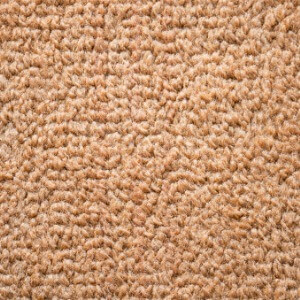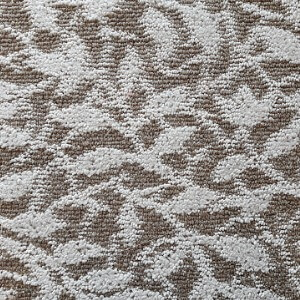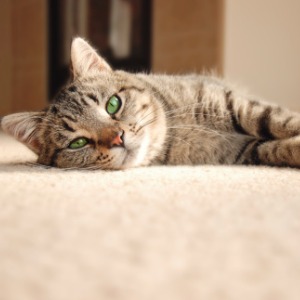Learn Your Carpet — Textured Berber
Buying carpet can be intimidating. Most residential carpet will last 10 to 15 years if you take good care of it, and since the average American family lives in their home for around 13 years, there’s a good chance you’ve never had to change out the flooring in any of the homes you’ve lived in.
But don’t worry! At Sloane’s, we bring decades of experience and expertise in helping people just like you to find the perfect residential carpet for their home, their lifestyle, and their budget. In this article, we’re talking about the magic of textured Berber carpet.
What is Berber?
Berber carpet is one of our favorite styles. It’s named after the indigenous Berber tribes of Northern Africa, who have been weaving rugs in their own specific style for generations. Rather than a smooth weave, these carpets and rugs are knotted together with strands that overlap and tangle with each other, creating a dense, knotted texture that’s famously durable and distinct.
The Benefits of Berber
Obviously, our Berber carpet isn’t hand-made — it’s spun on industrial mills — but it still retains the knotted, dense appearance of the original style. Rather than arranging loops of nylon, wool, polyester, or triexta in regular rows, Berber looms overlap and knot the fibers together so there aren’t visible caps or stripes in the carpet.

Berber can come in a variety of price points, from textured Berber as low as $1.38 per square foot up to premium wool carpet at around $2.32 per square foot, so no matter what level of luxury or affordability you’re looking for, there’s a Berber style for you.
Keep in mind that Berber is a style, not a material. You can find Berber carpets in any material you like, from traditional materials like nylon and polyester to more modern fibers like triexta to natural fibers like wool and cotton — though we generally don’t recommend using natural fibers in your home.
There’s a reason that we recommend Berber carpets for almost any residential application, though. Since the fibers are closely packed together, the carpet surface is more resistant to spills, stains, dirt, and other allergens. With regular vacuuming and occasional professional cleaning, Berber will hold its shape and appearance for more than a decade.
Textured Berber Carpet

If you’d like to add a little spice to your floors, you can take Berber to the next level with textured Berber. The loops in textured Berber carpet are variable in length, but in repeating patterns. Those patterns can be organic shapes like vines and leaves or geometric shapes like stripes, diamonds, and chevrons, depending on what goes with the decor and style you’ve chosen for your home.
Other Considerations
Berber isn’t the softest carpet texture since it’s a level loop pile rather than a cut-pile, so if luxury is your top priority, you might consider a textured plush instead. For rooms like bedrooms, where foot traffic is light and you’re unlikely to be wearing shoes, Berber might not be the best choice.
Berber isn’t a cat’s best friend, either. While some people express concerns about cats catching their claws in the carpet, your real worry should be about overenthusiastic cats attempting to sharpen their claws in the carpet and pulling strands loose. If your cats are especially rambunctious, Berber might not be for you.

Berber can be had in a wide variety of styles, materials, and colors, so ask about the carpets that we have in stock when you stop by for a visit! If we can’t find the exact thing you’re looking for, try again in a couple of weeks! Our stock rotates, so there’s always something new to look at!
 ☰ Menu
☰ Menu